Controlling FMD, CSF and PRRS to reduce meat yield losses
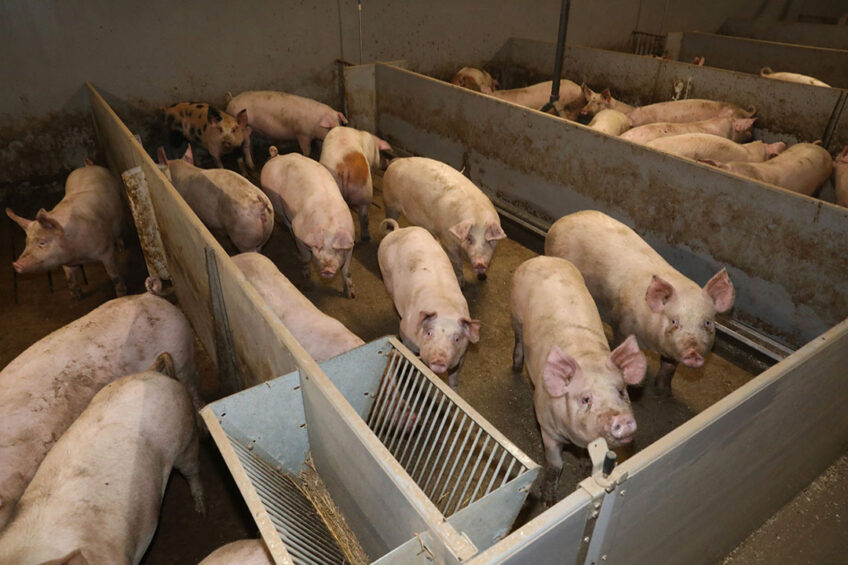
Controlling diseases like Foot-and-Mouth Disease (FMD), Classical Swine Fever (CSF) or PRRS can reduce meat and milk yield losses at farm level.
That in turn will improve food security, reduce greenhouse gas emissions and enhance livestock system sustainability. Prof Judith L. Capper, attached to Harper Adams University in the UK concluded this. She wrote about this topic recently in the online scientific journal One Health Outlook.
Impacts of animal disease on greenhouse gas emissions
In the article, Prof Capper noted that there is little knowledge about the impacts of animal disease on greenhouse gas emissions. Her study aimed to partially address that by investigating the effects of globally important vaccine-preventable diseases on greenhouse gas emissions from various livestock systems, including swine production.
She used simple models within Microsoft Excel to quantify the impacts of livestock disease on productivity (for pig production defined as total meat yield) adjusted for disease prevalence both at the population level (high or low), and at herd level. Disease-induced changes in meat yield were applied to the greenhouse gas emissions per kg of meat according to the consequent changes in pig populations required to maintain meat production.
The diseases investigated comprised FMD, brucellosis, anthrax, lumpy skin disease, CSF, PRRS, low and high pathogenicity avian influenza (LPAI and HPAI), avian infectious bronchitis and Newcastle disease.
Diseases affecting mortality have greater impact
In her paper, she wrote that all diseases she investigated had multifactorial impacts on total milk or meat yield. However, diseases that increased mortality in breeding or growing livestock (e.g. anthrax, CSF and HPAI) showed greater impacts on greenhouse gas emissions per unit of milk or meat produced than those that primarily affected yields or reproduction (e.g. brucellosis or LPAI).
Prevalence also had considerable effects on potential greenhouse gas emissions, she concluded. For example, effective reduction of the prevalence of PRRS in swine from 60 to 10% would reduce greenhouse gas emission intensities (CO2eq/kg CW) by 22.5%.
 Beheer
Beheer

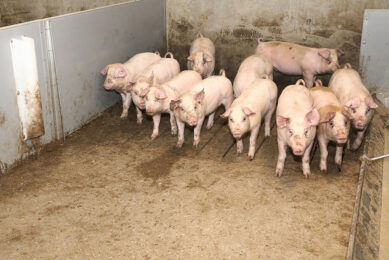
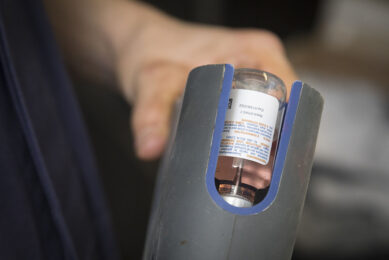
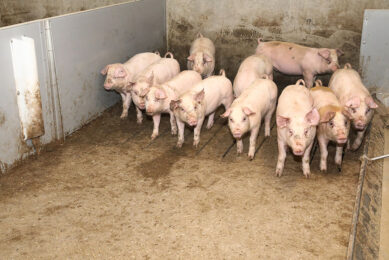
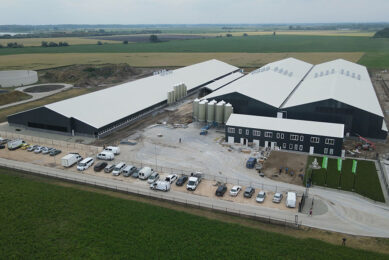



 WP Admin
WP Admin  Bewerk bericht
Bewerk bericht